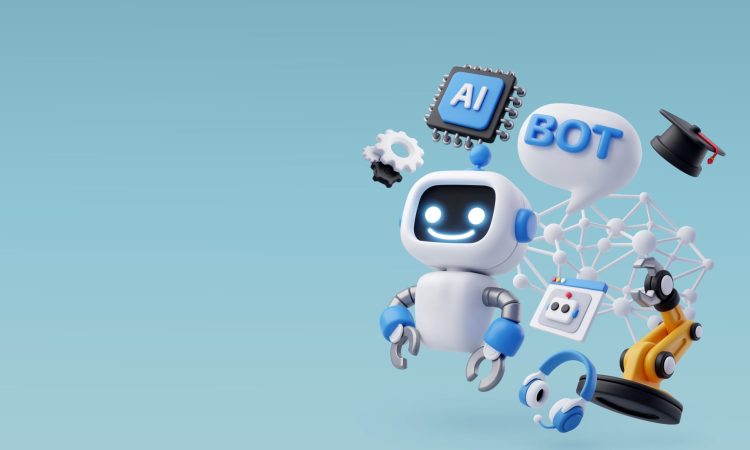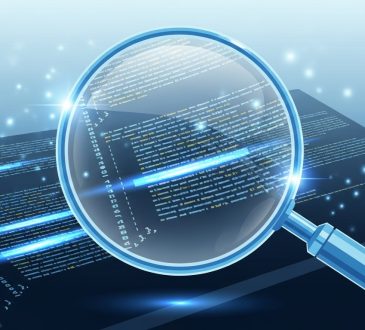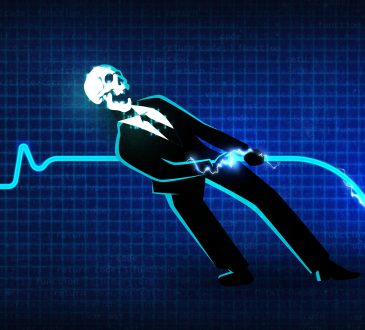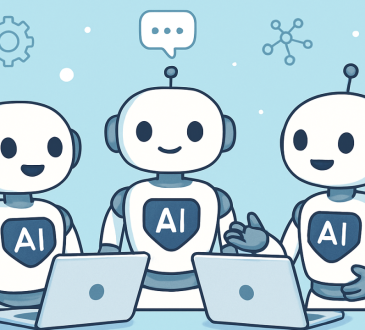
The year 2025 has proven to be a transformative period for robotics, with rapid advancements reshaping industries, research, and even daily life. From humanoid robots capable of handling household chores to AI-driven autonomous systems boosting efficiency in manufacturing and logistics, the robotics landscape is evolving at an unprecedented pace. This article highlights the most significant developments this year, spotlighting innovations, collaborations, and challenges shaping the future.
Humanoid Robots: From Concept to Reality
Humanoid robots are no longer just a concept from science fiction. In 2025, several breakthroughs have showcased their potential to operate in human environments:
- Tesla’s Optimus Gen 3: Introduced in October, this robot has made remarkable strides in mobility, balance, and task execution. With advanced hardware and AI-driven controls, it navigates spaces smoothly and can assist in physically demanding tasks.
- Figure AI’s Figure 03: This robot performs household chores like folding clothes, loading dishwashers, and assisting in meal preparation, though it still benefits from some human supervision.
These developments suggest a future where humanoid robots could become part of daily life, assisting in domestic tasks, caregiving, and workplaces.
Global Innovation: China is leading the next wave of humanoid robotics, pushing the limits of mobility, durability, and human-like interaction. While progress is promising, widespread adoption will require improvements in safety, adaptability, and cost.
AI-Driven Robotics: Intelligence and Autonomy
The integration of artificial intelligence has been central to the robotics revolution. Modern robots are no longer mere machines—they are intelligent systems that can understand, plan, and learn.
- Amazon Robotics: Systems like Blue Jay coordinate multiple robotic arms in warehouses, while Project Eluna acts as an AI assistant to human operators, reducing physically demanding labor and improving safety.
- Advanced AI Models: Companies like Google DeepMind are developing AI-powered robots capable of performing complex, multi-step tasks independently. By accessing real-time information and making autonomous decisions, these robots are opening new possibilities in logistics, healthcare, and manufacturing.
AI not only boosts operational efficiency but also enables robots to collaborate with humans naturally, adapting to changing environments and performing tasks requiring problem-solving and dexterity.
Strategic Acquisitions and Industry Growth
Corporate acquisitions are shaping the robotics industry in 2025:
- SoftBank Group acquired ABB’s robotics division in a multi-billion-dollar deal. This move combines ABB’s industrial robotics expertise with SoftBank’s AI capabilities to develop advanced “Physical AI” systems, blending intelligence with physical performance.
Such acquisitions highlight a trend: combining hardware, AI software, and industrial experience creates versatile solutions for industries ranging from manufacturing to service sectors.
Collaborative Efforts: Pushing Research Boundaries
Collaboration is key to accelerating robotics development:
- NVIDIA and Fujitsu Partnership: Focused on AI-powered robotics, this collaboration leverages high-performance computing to build smarter, responsive machines.
- These partnerships aim to establish AI infrastructure across healthcare, manufacturing, environmental technology, and customer service.
International cooperation is also fostering the standardization of robotics protocols, shared research, and joint solutions to challenges such as human-robot interaction, safety, and ethical AI integration.
Robotics in Healthcare and Assistance
Robotics is making a tangible impact in healthcare and personal assistance:
- Patient Care: Humanoid robots equipped with AI can monitor vitals, assist in therapy, and provide companionship for the elderly.
- Support for Disabilities: Robots offer mobility assistance and task automation, improving daily life for people with disabilities.
- Advanced Prosthetics: Robotic exoskeletons and AI-assisted prosthetics provide greater precision, responsiveness, and integration with the human nervous system.
These innovations highlight the growing synergy between robotics, AI, and human-centered design.
Challenges and Ethical Considerations
Despite impressive progress, challenges remain:
- Safety: Robots must operate reliably around humans without causing harm.
- Training AI: Systems must handle unpredictable scenarios, such as crowded environments or emergencies.
- Ethical Concerns: Privacy, accountability, and workforce displacement need careful consideration. Clear regulations and public engagement are essential.
Practical adoption also requires affordability and ease of use. Many advanced humanoid robots remain costly and complex, limiting widespread use. Overcoming these barriers is key to integrating robots into daily life.
Future Outlook
The trajectory of robotics suggests a near future where intelligent machines will be integrated into every aspect of life:
- Smart Factories & Warehouses: Automation will enhance productivity and safety.
- Healthcare & Domestic Support: AI-driven robots will assist in care, therapy, and household management.
- Scientific and Environmental Applications: Future robots may aid in research, monitoring, and disaster response.
Advances in AI, humanoid design, and collaborative intelligence hold promise for creating machines that augment human potential rather than replace it.
Conclusion
2025 has been a landmark year for robotics:
- Humanoid robots are approaching human-level functionality.
- AI-driven systems are becoming more autonomous and intelligent.
- Global collaboration and corporate strategies are expanding the robotics ecosystem.
While challenges persist in safety, ethics, and practical adoption, the momentum of innovation suggests a future where robotics plays a vital role in industries and daily life. The developments of 2025 mark a pivotal moment, shaping the next decades of robotics and AI-driven technology.




